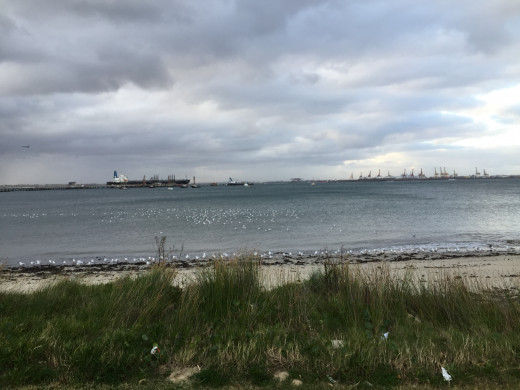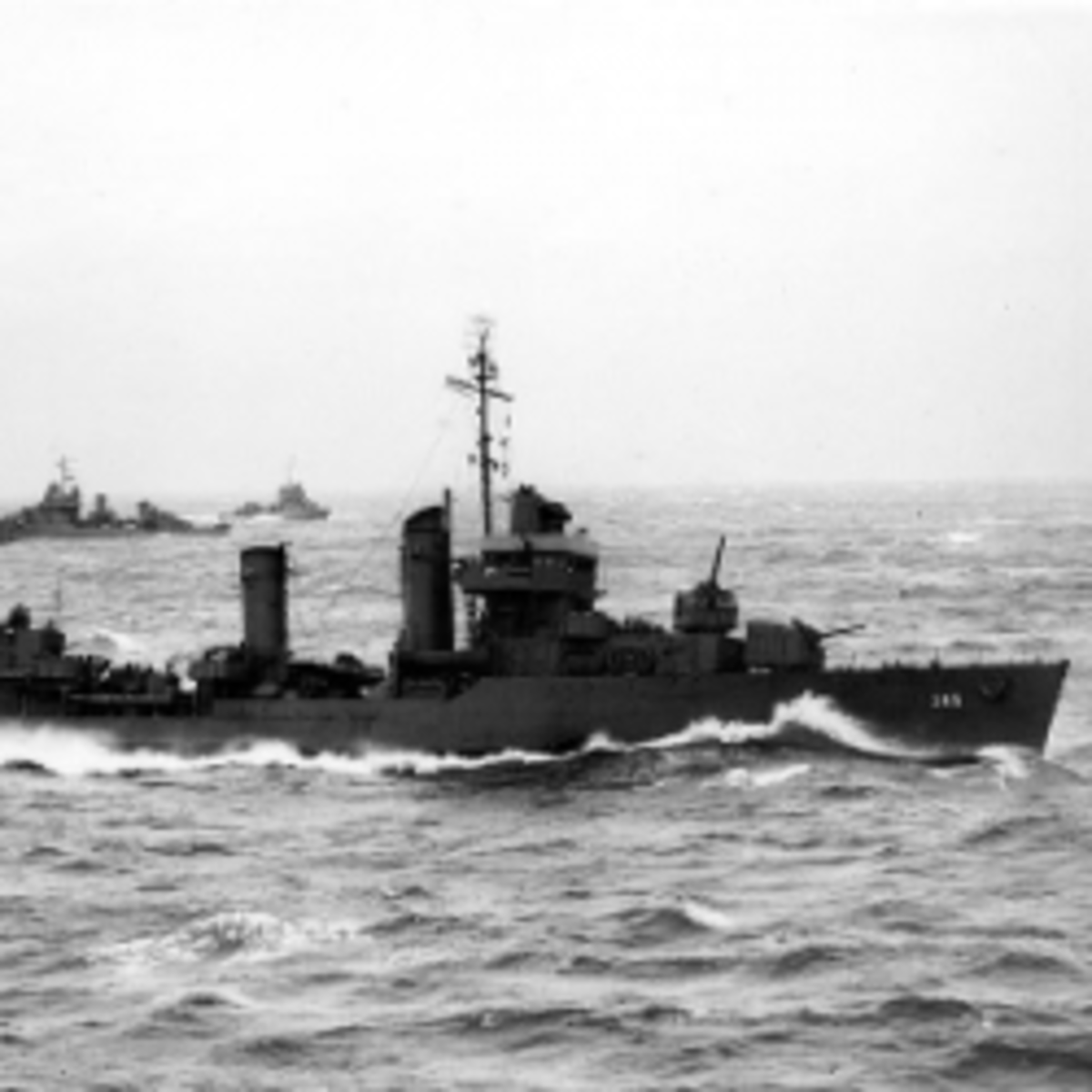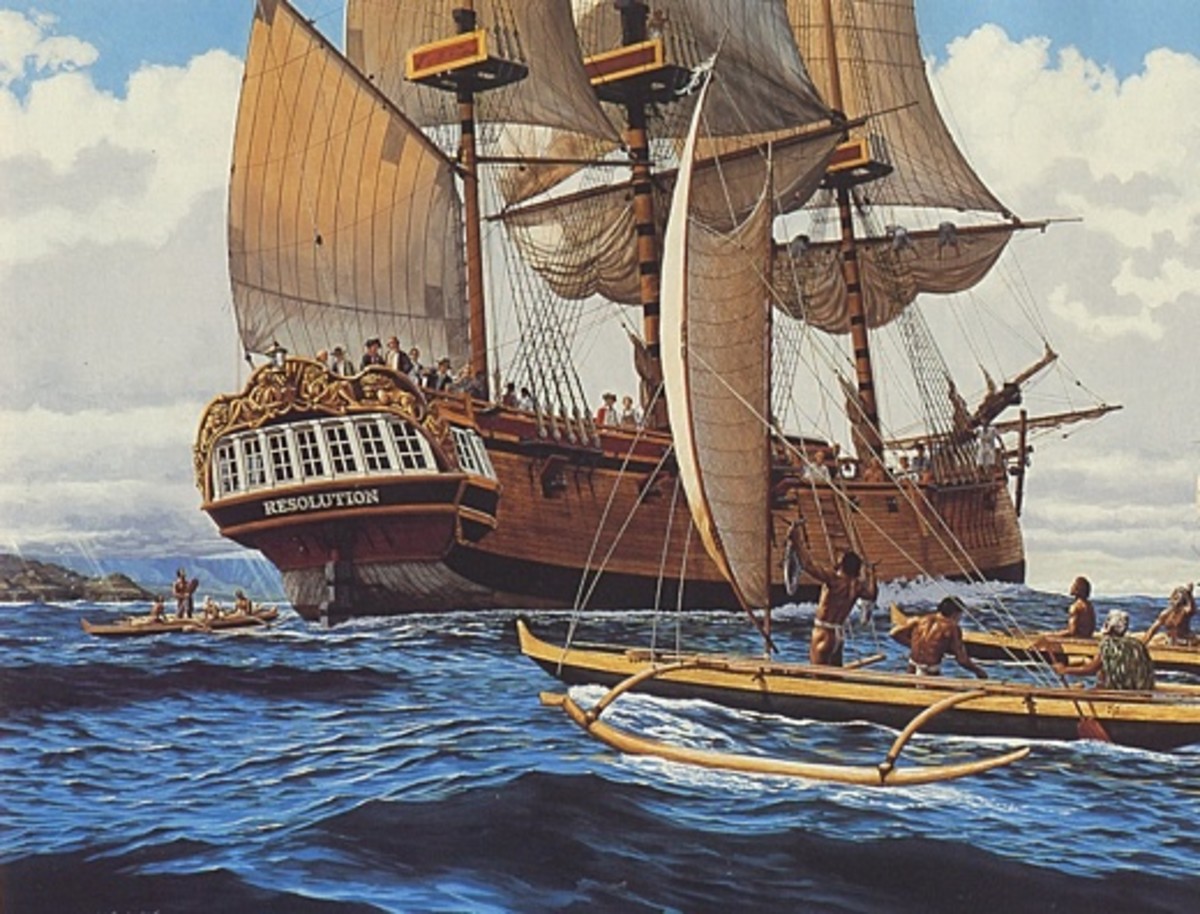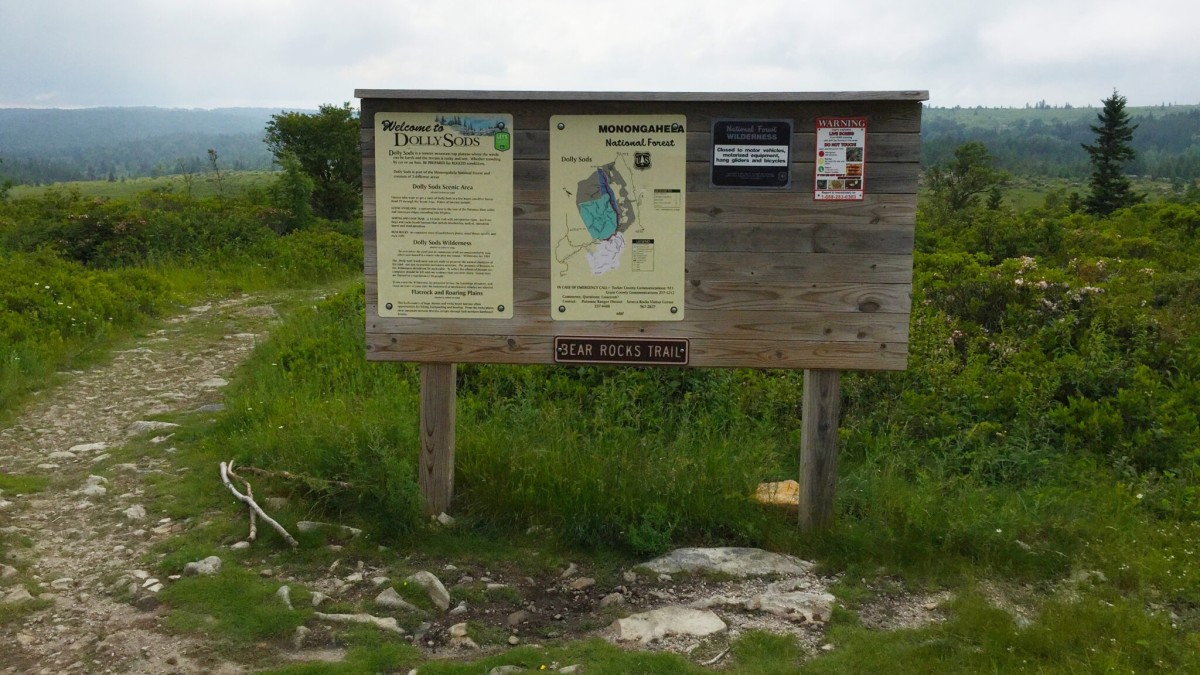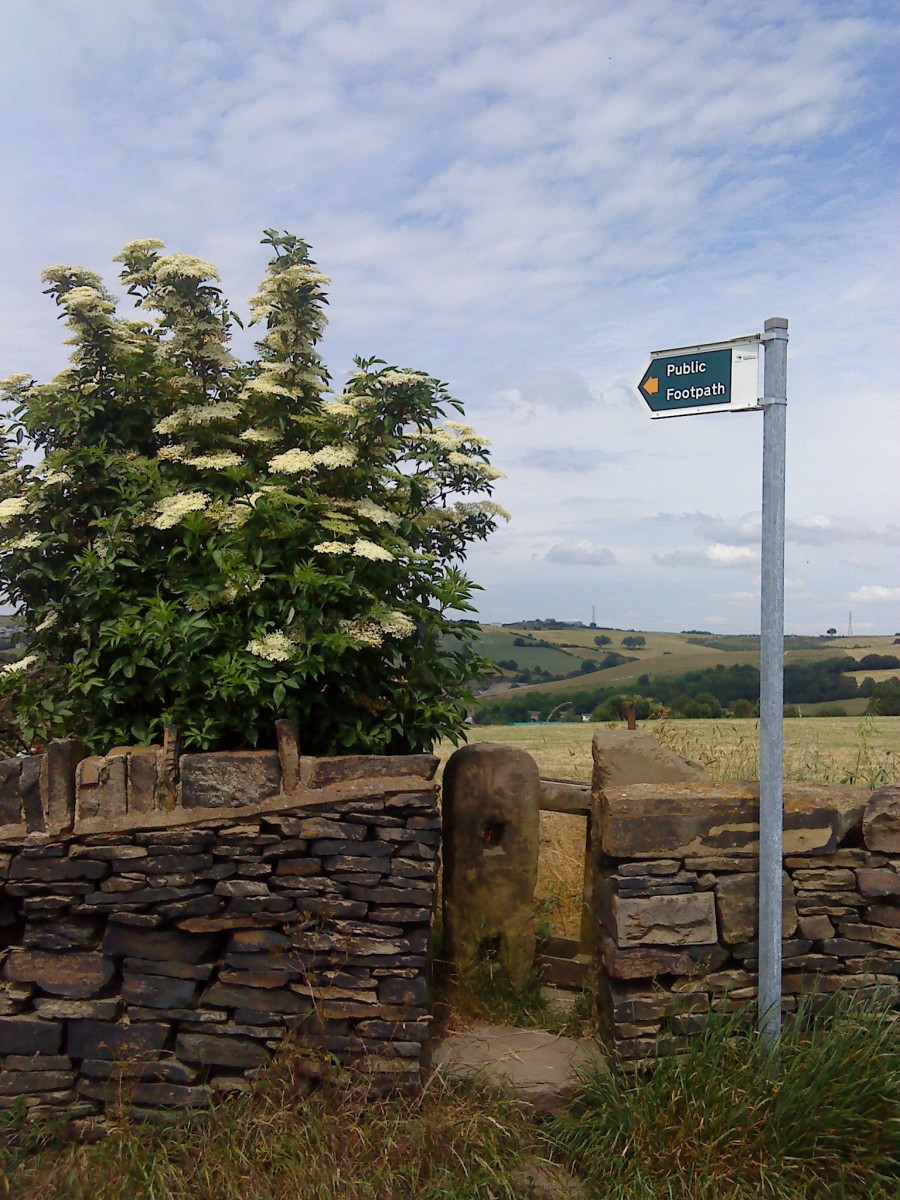- HubPages»
- Travel and Places»
- Travel Activities & Ideas»
- Outdoor & Adventure Activities on Vacation
Kurnell: The Historic Landing Place of Captain Cook
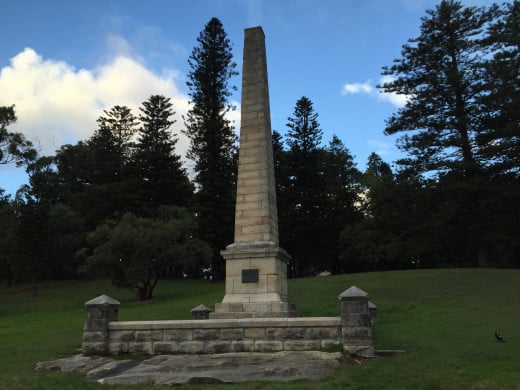
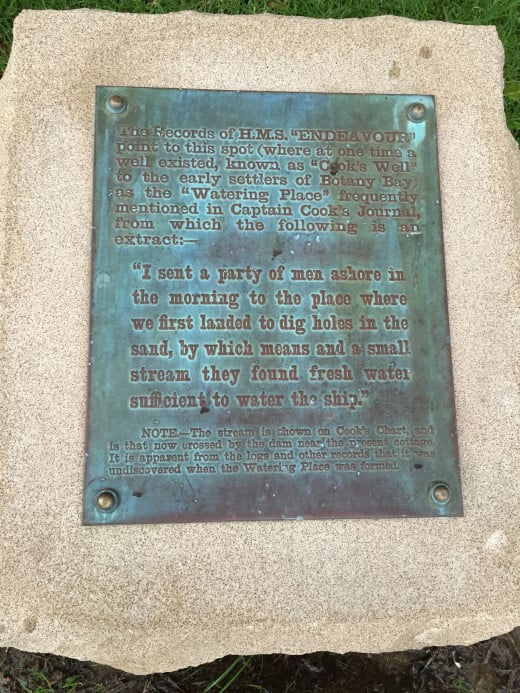
It was Captain James Cook’s side mission that became one of history’s most significant voyages. In 1769, Cook departed Great Britain to observe the transit of Venus in Tahiti—but he was also secretly instructed to search for the legendary Terra Australis, a supposed vast continent in the Southern Hemisphere.
Although his astronomical observations were less successful than he had hoped, Cook made a far more lasting impact when he charted the eastern coast of Australia. In April 1770, his ship, the Endeavour, anchored at Kurnell, on Sydney’s east coast. The area, later named Botany Bay, fascinated Cook’s crew due to its rich plant life, which was extensively documented by the expedition’s botanists, Joseph Banks and Daniel Solander.
Despite the initial excitement over the land’s biodiversity, further exploration determined that the area’s dry, sandy soil was unsuitable for agriculture. As a result, when the First Fleet arrived in 1788, they relocated the colony to Sydney Cove.
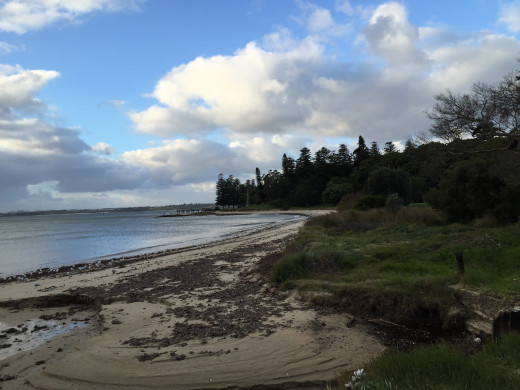
Kurnell’s Unique Natural Wonders
Beyond its historical significance, Kurnell boasts an extraordinary natural environment. Located near Cronulla, home to New South Wales’ longest stretch of beach, Kurnell is renowned for its diverse ecosystems. It features five distinct habitats, including:
-
Austral sand dunes – some of the youngest in the world
-
Littoral rainforest – dense, salt-tolerant vegetation
-
Swamp sedgelands – home to rare species like the Wallum Froglet and Grass Owl
-
Kurnell Dune Forest – a unique ecosystem that supports rare orchids, including the Bay Bearded Greenhood Orchid
The area is also a prime location for whale watching, particularly from Cape Solander, one of Australia’s top coastal vantage points for spotting migrating humpback whales.
A Legacy Beyond Kurnell
After leaving Botany Bay, Cook continued sailing north and accidentally ran aground on the Great Barrier Reef. The Endeavour suffered significant damage and required repairs on the Queensland coast.
Cook’s fate, however, was not sealed in Australia. Years later, during his third voyage in 1779, he was killed in Hawaii during a confrontation with the local population.
Today, Kamay Botany Bay National Park preserves Kurnell’s historical and ecological significance, offering visitors a chance to walk in Cook’s footsteps while exploring one of Australia’s most fascinating landscapes.
